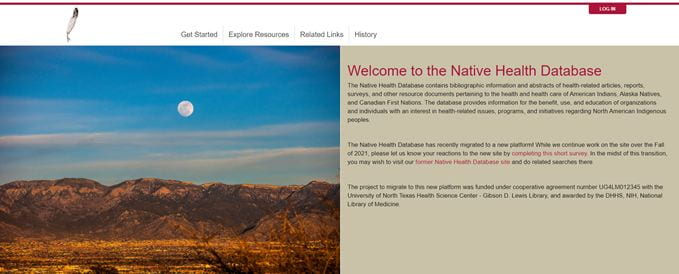
The Opioid Industry Documents archive is an online archival database that collects and manages documents related to the opioid epidemic so researchers, physicians, community stakeholders and the general public can track the origins of the epidemic in the hopes of creating sustainable solutions to one day end abusive opioid use. The archive is a collaborative endeavor between the University of California San Francisco (UCSF) and John Hopkins University and is hosted by the UCSF Library. The mission of the archive is “To collect, organize, preserve, and make freely accessible documents from opioid industry litigation to enable multiple audiences to explore and investigate information which shines a light on the opioid crisis.” [Opioid Industry Documents, n.d.]
The archive began in March 2021 and contains over a million documents that “have been publicly released through state and federal investigations, settlement agreements, and other proceedings…” [Opioid Industry Documents, n.d.] The documents provide insight into the business practices and internal memos of pharmaceutical companies that exploited the potency of their opioid medications. The document types include, “emails, memos, presentations, sales reports, budgets, audit reports, Drug Enforcement Administration briefings…” and much more. [Opioid Industry Documents, n.d.]
Since the archive houses a wide range of documents, searching for a specific document or piece of information may seem daunting. The archive has a helpful ‘How to Search the OIDA’ PDF that provides examples and tips on how to best use their search feature. You can narrow search results by author, title, type of prescription drug, date and other search terms. The archive also has specific collections such as their ‘Popular Opioids documents’, ‘Kentucky Opioid Litigation Documents’ and the ‘Washington Post Opioid’ collections.

Recently the Opioid Industry Documents archive received approximately 1.4 million documents as part of the settlement agreement by the pharmaceutical company Mallinckrodt, which was a leader in manufacturing the opioid epidemic:
“While most Americans may have never heard of Mallinckrodt, the Drug Enforcement Administration called the company in 2010 “the kingpin within the drug cartel” of legitimate companies driving the opioid epidemic. Between 2006 and 2014, Mallinckrodt accounted for 27 percent of the opioid market compared with 18 percent of Purdue Pharma, measured by the potency of the pills they produced, according to an analysis by The Post.”
[Kornfield, Higham & Rich, 2022]
The ‘Mallinckrodt Litigation Documents’ reveal the company’s outreach and promotional strategies, the names of medical professionals who purchased large quantities of the company’s drug supply, efforts to convince the health-care industry of the safety of their products and video depositions of the company’s top executives. The Washington Post reported that some of the key findings of the files include “Company managers pressured sales representatives to find doctors who would write large numbers of prescriptions and then targeted them for continued business…Mallinckrodt paid top prescribers thousands of dollars to extol the virtues of the company’s drugs to fellow doctors at “speaker programs” held at fine restaurants and resorts…[and] Mallinckrodt played a key role in an industry-wide effort to convince the health-care industry that addiction was rare among opioid users and marketed its drugs to specific segments of society…” [Kornfield, Higham & Rich, 2022] These findings are similar to other pharmaceutical companies’ tactics that purposefully mislead the health care community and the general public about the addictiveness of their products.
The Opioid Industry Documents archive is free to access. If you are a researcher studying the opioid epidemic, someone impacted by the crisis or have a general interest in learning more about the origins of the crisis, then explore the archival database. If you need assistance conducting archival searches, the staff at Himmelfarb Library are here to assist you! Please contact the Reference department at (202) 994-2850 or by email at himmelfarb@gwu.edu.
Works Cited:
- Kornfield, M., Higham, S. & Rich, S. (2022, May 10). Inside the sales machine of the ‘kingpin’ of opioid makers. The Washington Post.
- Opioid Industry Documents. (n.d.). Retrieved on June 27, 2022 from https://www.industrydocuments.ucsf.edu/opioids/



